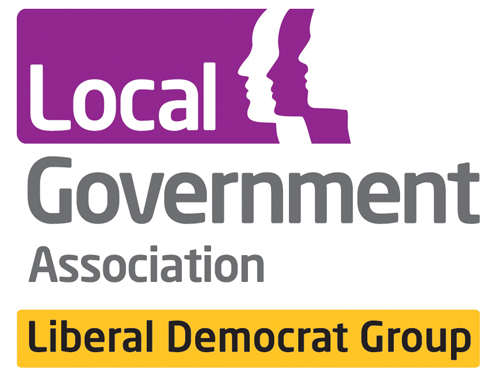
Thousands of desperately needed new secondary school places have now been created by councils but parents and children still face the prospect of missing out on a place as early as next year, analysis by the Local Government Association has warned
In total, councils created 96,000 school places last year by working with their existing primary and secondary schools and, in some cases, commissioning places in academies and free schools.
Of that total, 37,000 new places were created by councils in secondary schools. But with two-thirds of secondary schools now academies, the LGA said councils have no powers to open more secondary schools or direct academies to expand.
As children and young people prepare to return to school after the summer holidays, the LGA’s latest analysis reveals that:
- Unless more secondary school places are created, 15 councils will face a secondary school place shortfall in 2020/21.
- This will rise to 27 in 2021/22, 49 in 2022/23 and 64 in 2023/24.
- By 2024/25, a total of 71 councils (48 per cent) face not being able to meet demand for 123,195 places.
To address this looming crisis, the LGA is calling for the Government to use next month’s Spending Round to give councils back the power to open new maintained schools where that is the local preference; and hand back the responsibility for making decisions about opening new schools.
It should also give councils the same powers to direct free schools and academies to expand that they currently hold for maintained schools.
This is the only way to ensure councils can tackle the growing demand for places, meet their legal duty to ensure every child has a school place and cope with a surge in primary school pupils moving through the system.
LGA Liberal Democrat Group Leader Councillor Howard Sykes said:
“No family should face uncertainty over their child’s school place. But our secondary school places crisis is now just one year away and this will be the reality for thousands of families without action.
“Councils need to be allowed to open new maintained schools if needed. It makes no sense for councils to be given the responsibility to plan for school places but then not be allowed to open schools themselves.
“The Government needs to work closely with councils to meet the challenges currently facing the education system.”
NOTES TO EDITORS
- 1. The data is taken from the Department for Education’s School Capacity Survey, covering numbers of school places and forecasts of pupil numbers until 2023/24 for each local authority. The data set.
- 2. Full LGA analysis of DfE figures/projections is available on request.
- 3. The breakdown of the number of council areas that are oversubscribed:
- Year / Count / Per cent
- 2020/21 / 15 / 10
- 2021/22 / 27 / 18
- 2022/23 / 49 / 33
- 2023/24 / 64 / 44
- 2024/25 / 71 / 48
- 4. The breakdown of children at risk of no place (assuming no new schools built)
- Year / Number
- 2020/21 / 7,313
- 2021/22 / 26,173
- 2022/23 / 58,755
- 2023/24 / 96,834
- 2024/25 / 123,195
- 5. All areas that have middle schools have been excluded from these calculations. This is because middle schools are either deemed to be primary schools or secondary schools, which means the number of primary or secondary places in an area can be either over- or understated.
- 6. There are 152 local authorities in England with education responsibilities, 135 have been included in the analysis for the aforementioned reason.